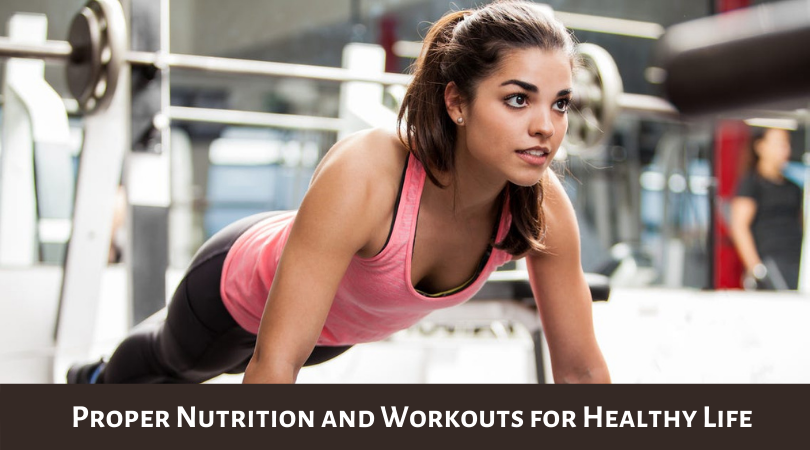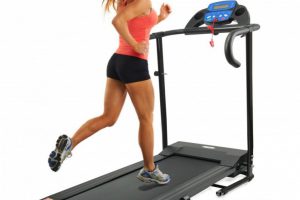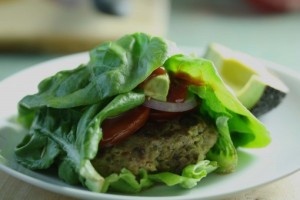 The body has different needs at different stages of life. The staff of itty bits of balance website explains which activities will satisfy the needs of the body.
The body has different needs at different stages of life. The staff of itty bits of balance website explains which activities will satisfy the needs of the body.
The benefits of workouts are well known and have been described many times. Worksout not only help to keep weight under control, but are also associated with a decrease in the risk of a number of cardiovascular diseases and type II diabetes to some types of cancer. The positive effects of visiting a gym can be achieved even with just 10-15 minutes of exercise per day. In fact, doctors say that any amount of physical activity is better for health than no workout at all.
With age, the human body changes. As a result, it has new characteristics and needs. They must be taken into account, including when doing sports. For each stage of life, there is an optimal type and duration of loadings.
Children and adolescents
During childhood, the main goal of exercising is to control body mass, promote bone health, and boost self-confidence. During this period, experts advise to be as active as possible. In the guidelines of British and American regulators, for example, preschoolers (3-5 years old) are recommended 3 hours of active outdoor games daily, and school-age children and adolescents (6-17 years old) – about 60 minutes per day.
Parents are recommended to encourage activities that promote muscle and skeletal development, from swinging on swings, cycling and jumping in the playground to sports such as tennis, swimming and gymnastics. Teenagers, for whom socialization is more relevant, should join some team sport. If this is not possible, swimming or athletics will provide the necessary level of loadings.
20+ workout guideline
A person aged 20 – 30 is at the peak of their physical capabilities. He has the maximum reaction rate and VO2 max – the largest amount of oxygen that a person is able to consume within 1 minute (this criterion is considered decisive for the body’s performance in many sports). As fitness peaks, both reaction rate and VO2 max decline each year, but this decline can be slowed down with exercise that strengthens bones and muscles.
Experts underline that what you do at the age of 20 will subsequently affect what the body will be like at 50, 60 and 70. If you build healthy habits when you are young, you will most likely be able to keep functional independence for much longer. To keep your body in shape, aim for 30 minutes of physical activity daily. It doesn’t have to be a gym, the main thing is not to sit still. Playing sports, walking, fitness tours, anything that brings pleasure on the move will work.
30+ guideline
The most active time for people aged 30-40 is for their career and family. Consequently, there is less time for sports. However, it is extremely important to start taking care of the health of the heart and blood vessels, as well as to train muscles to slow down the natural decline in physical capabilities. In sedentary work, it is important to keep correct posture and make some movements: use the stairs instead of the elevator, put the printer in another room so that you have to get up from your seat, answer phone calls while standing.
At this age, interval workouts will be beneficial, when high-intensity movements are alternated with periods of less activity. Running and an fitness cycle are excellent options, as in conditions of lack of time they allow you to get a good load even in 20 minutes. For women, especially after the children birth, experts recommend exercises for the muscles of the pelvic floor, they will help keep the internal organs in good shape.
Workouts for people 40+
Most people over 40 begin to gain weight and, at the same time, lose muscle mass: it decreases by 3–8% every decade. According to specialists, the best way to optimize energy expenditure and slow muscle loss is through resistance exercise. Some studies show that 10 weeks of exercise can increase lean body mass by 1.4 kg, reduce body fat while lowering resting blood pressure and LDL cholesterol, and help with the back and joints pain.
Workout options at this age may include using a weighted belt and weights in the gym, jogging, or pilates, which can help reduce back pain that often occurs in people over 40.
Workout options at this age may include using a weighted belt and weights in the gym, jogging, or pilates, which can help reduce back pain that often occurs in people over 40.
During this stage of life, you should try to do strength training twice a week to keep muscle mass, as well as activities with weights, such as walking. Do not be afraid to try new types of loads – for example, tai chi to keep balance.
60+ workouts
The older a person is, the more chronic states he gets: most people over 65 have more than one disease. In addition, age is an important factor in the incidence of cancer. At the same time, as we grow old, we become less mobile.
Keeping a high level of physical activity can help reduce the risk of developing diseases such as breast, uterine, and bowel cancers, as well as chronic terms such as heart disease and diabetes. Dancing can provide a suitable load, water aerobics and active walking – they will provide the muscles and joints with the necessary work. The UK National Health Service recommends exercising 75 to 150 minutes per week, depending on the intensity (as for all adults), and trying to do exercises on the main muscle groups of the back, abdomen, chest, legs and arms twice a week.
70 and over
Research has shown that physical activity can help prevent the general weakness and slowness of movement that are common in the elderly, prone to fall injuries, and plays an important role in keeping cognitive function. Prolonged stay in bed due to illness results in a rapid loss of strength and mobility and, as a result, to the transition from independent living to mild or severe disability.
Experts recommend seniors to move whenever possible: take walks with family and friends instead of sitting, and look for other ways to keep muscle strength, balance and mobility. In order to choose the optimal types of activity – especially for certain chronic diseases – you need to consult a specialist.
Healthy eating rules
The basic rules of a healthy diet are varied food and regularity. The diet should contain all types of products of both plant and animal origin.
How to eat right:
- eat protein-rich foods for breakfast and lunch. This is a variety of cereals, cottage cheese, eggs, fish and meat. You need to add a variety of vegetables to the daily menu, and cook porridge in water;
- eat at the same time. This will prevent digestive problems. Eat five times a day, in small portions, without overeating;
- drink plenty of water. This will eliminate constipation and improve the state of the skin and hair;
- make sure that the diet is rich in vegetables and fruits. They contain a lot of fiber, trace elements, mineral salts, vitamins and other useful substances;
- chew food thoroughly. This will maximize the absorption of the nutrients contained in it;
- give up fast food and try not to eat convenience foods;
- have fasting days once a week. They are good for everyone, not just obese or overweight people.





